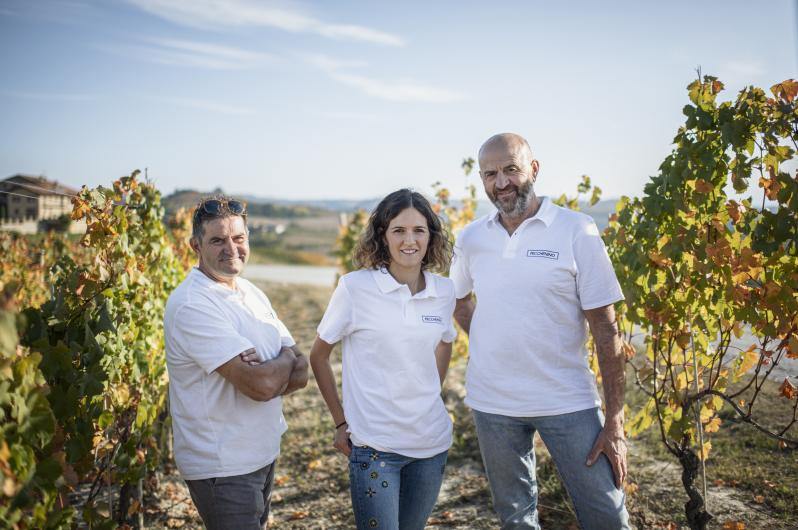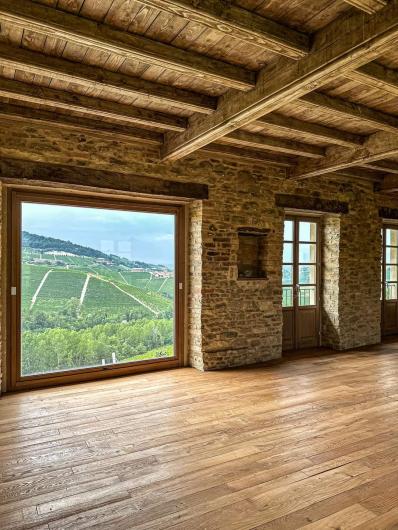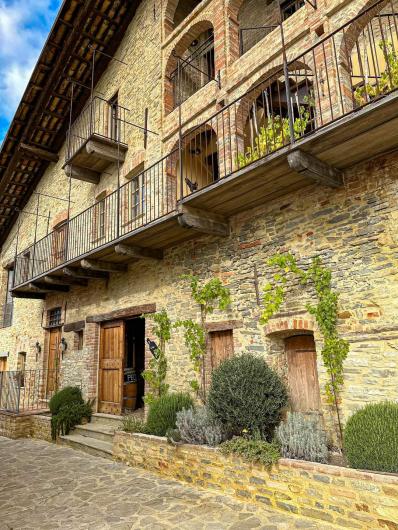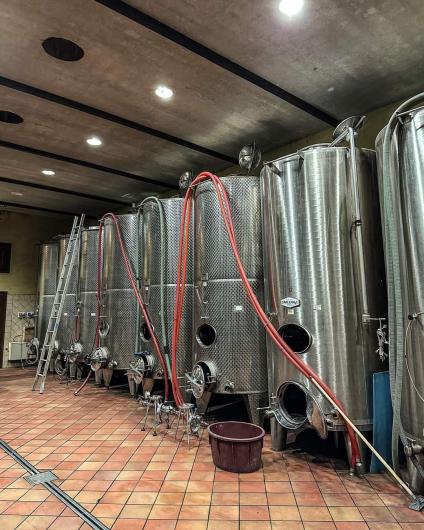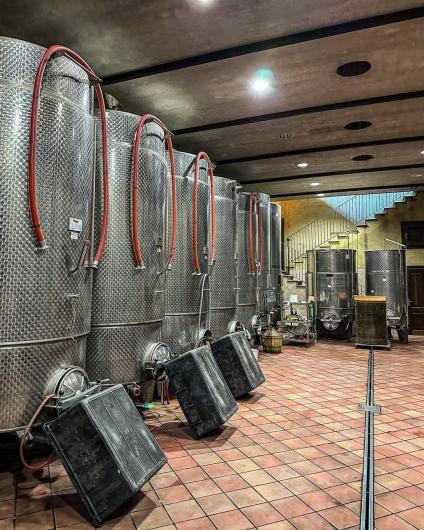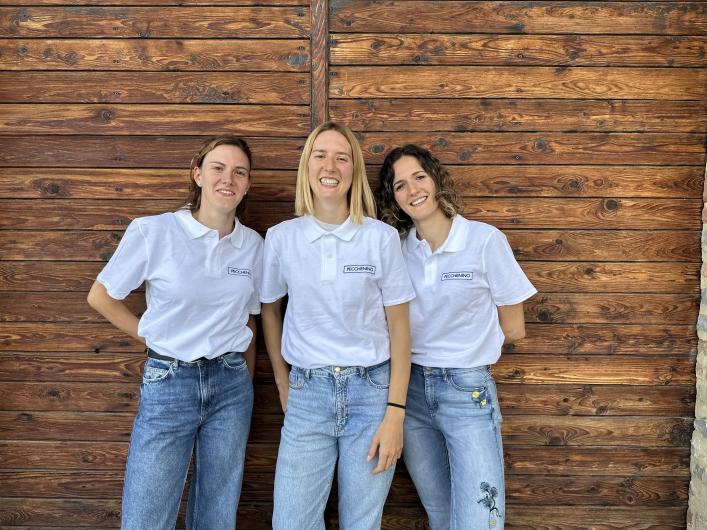Pecchenino
Alta Langa Psea
Pecchenino
Alta Langa Psea
Alta Langa is the small appellation in Piedmont where sparking wine has a rich history. This area was where the first traditional method wines in Italy were produced. The little-known region went under soil analysis beginning in the 1990s, which lead to the resurection of sparkling wine and the eventual DOCG classification in 2011. Alta Langa lies on the hills of the provinces of Cuneo, Asti and Alessandria, in southern Piedmont, with a minimum altitude of 250 meters above seal level.
Wine Production
Alta Langa Psea is made from Pinot Noir and Chardonnay grapes grown in vineyards at an altitude of 700 m in the municipality of Bossolasco. The soil is of medium texture, composed of silt, clay, sand, with whitish calcareous marls. The south-east facing terrain is very steep, as is typical of the Alta Langa region. The harvested grapes are cooled in cellars at about 12°C before being softly pressed. The must obtained, after an initial decantation, is left to ferment in steel tanks at 16°C. At the end of fermentation, the wine is racked partly into barriques and partly into barrels, where it remains for about 9 months in contact with the fine lees, with repeated battonages. It is then decanted into steel tanks and prepared for the draught phase (bottling for frothing).
Ageing: the bottles are then stored lying down for over 36 months at a temperature of 14/15°C in contact with the yeasts. After the remuage phase (turning the bottle to bring the solid residues to the neck), the bottles are disgorged to remove the crown cap and the fermentation lees. The bottle is then topped up with the same wine and corked, without additions (pas dosè).
Tasting Notes
In the glass, this wine has a brilliant straw yellow color. The nose is floral and fragrant, with hints of bread crust, pastry biscuits, croissant, and toasted hazelnut. On the palate it is enveloping and elegant, with a fresh and mineral acidity that gives finesse to the palate. The perlage is fine and enveloping.
Food Pairing
This wine makes a perfect aperitif with sliced salami and cheese, raw fish starters. Follow with a pasta, white meat , or baked fish main courses.
Alta Langa is the small appellation in Piedmont where sparking wine has a rich history. This area was where the first traditional method wines in Italy were produced. The little-known region went under soil analysis beginning in the 1990s, which lead to the resurection of sparkling wine and the eventual DOCG classification in 2011. Alta Langa lies on the hills of the provinces of Cuneo, Asti and Alessandria, in southern Piedmont, with a minimum altitude of 250 meters above seal level.
Wine Production
Alta Langa Psea is made from Pinot Noir and Chardonnay grapes grown in vineyards at an altitude of 700 m in the municipality of Bossolasco. The soil is of medium texture, composed of silt, clay, sand, with whitish calcareous marls. The south-east facing terrain is very steep, as is typical of the Alta Langa region. The harvested grapes are cooled in cellars at about 12°C before being softly pressed. The must obtained, after an initial decantation, is left to ferment in steel tanks at 16°C. At the end of fermentation, the wine is racked partly into barriques and partly into barrels, where it remains for about 9 months in contact with the fine lees, with repeated battonages. It is then decanted into steel tanks and prepared for the draught phase (bottling for frothing).
Ageing: the bottles are then stored lying down for over 36 months at a temperature of 14/15°C in contact with the yeasts. After the remuage phase (turning the bottle to bring the solid residues to the neck), the bottles are disgorged to remove the crown cap and the fermentation lees. The bottle is then topped up with the same wine and corked, without additions (pas dosè).
Tasting Notes
In the glass, this wine has a brilliant straw yellow color. The nose is floral and fragrant, with hints of bread crust, pastry biscuits, croissant, and toasted hazelnut. On the palate it is enveloping and elegant, with a fresh and mineral acidity that gives finesse to the palate. The perlage is fine and enveloping.
Food Pairing
This wine makes a perfect aperitif with sliced salami and cheese, raw fish starters. Follow with a pasta, white meat , or baked fish main courses.




